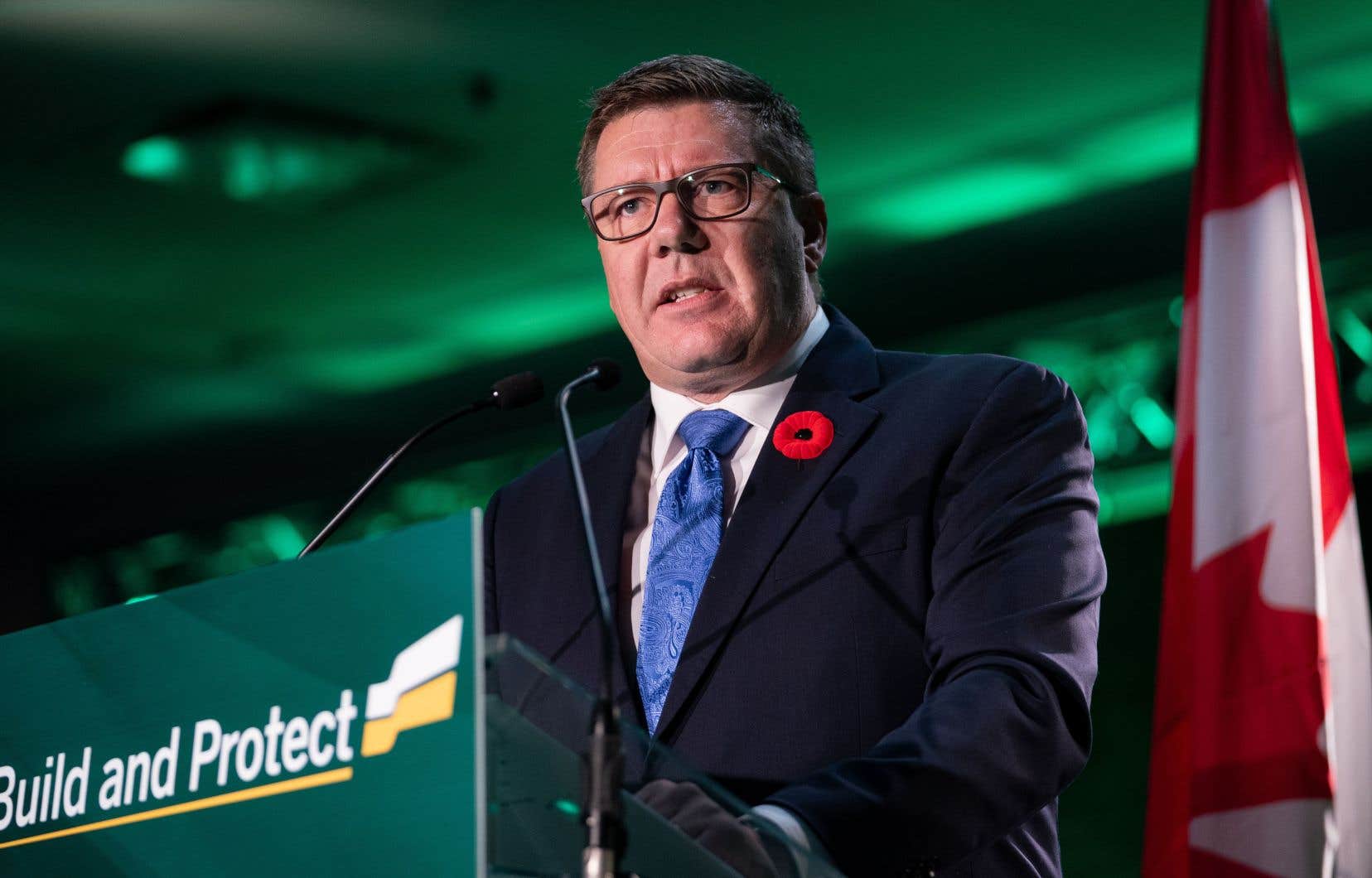Saskatchewan is feuding with Ottawa again, this time over event space at the climate conference in Dubai.
The province says that because Ottawa rejected most of its proposals, it has decided to withdraw from the federal Liberal government’s pavilion at the COP28 conference, scheduled for later this month.
The province then decided to purchase its own pavilion for $765,000.
Jim Reiter, the provincial energy minister, said last week that the federal government had accepted a proposal from Saskatchewan to host a reception at the Ottawa pavilion.
However, he said Ottawa offered the province 45 minutes for the reception. The government also reportedly rejected the province’s nine other proposals, which it said included panels led by industry executives.
Minister Reiter said 40 Saskatchewan businesses and organizations were accompanying Premier Scott Moe and four other members of government on the trip.
He said Saskatchewan wants to highlight business efforts in sustainable development.
“We want to give them the opportunity to tell their story. That [45 minutes] obviously would not have been sufficient, which is why a different direction was chosen,” he argued.
Businesses and organizations cover their travel costs, he added.
Long-standing tensions
Saskatchewan has long been at odds with the federal government over environmental policies, including carbon pricing, net-zero targets, emissions caps and energy project assessments.
Kaitlin Power, spokesperson for federal Environment Minister Steven Guilbeault, said in an email last week that Ottawa chose to allow one event per province and territory because time and availability are limited.
“The Government of Saskatchewan had registered for a pavilion event and was on the list until probably mid-October, although we [tentions de] confirm the exact date on which he withdrew,” underlined Mr.me Power.
Jay Teneycke, a spokesperson for Saskatchewan’s Ministry of Commerce, said in an email that the province signed a contract for its own pavilion on Oct. 16.
“The Government of Saskatchewan knows that the federal government will not share our story,” she stressed.
“As an export-driven economy, it is essential that we explore new markets and new partnerships that could create more jobs and opportunities for Saskatchewan residents. »
Participation of other provinces
The Ottawa Pavilion includes presentations on finance, trade, health, Indigenous leadership, urbanization, energy, industry and Canada’s plan for the workforce to respond to climate change .
Presentations feature representatives from the Alberta and British Columbia governments, as well as others from federal agencies and non-governmental organizations.
The federal pavilion program says Alberta Premier Danielle Smith will participate in a discussion about Alberta’s plans to reduce emissions through technology.
Alberta Environment Minister Rebecca Schulz will accompany Mr.me Smith during the trip. Premier Smith’s office did not immediately respond to a request for comment on the appearance of her pavilion.
On the Quebec side, Prime Minister François Legault indicated that he would not take part in the event. Rather, it will be the Minister of the Economy and Energy, Pierre Fitzgibbon, and his colleague at the Environment, Benoit Charette, who will make up the Quebec delegation.
Mr. Legault took part in only one COP, that of Glasgow, in the United Kingdom, in 2021.
An expensive expense for the pavilion
The federal government pavilion will be located in what is known as the Blue Zone, a separate area for accredited delegates. The area also hosts formal negotiations.
The Saskatchewan Pavilion will be located in the Green Zone, a space for the general public offering lectures, interactive exhibits, art installations and film screenings.
Both zones are in the same building, but special passes are required for the Blue Zone.
Mr. Reiter did not know if the province had tried to purchase a clubhouse in the blue zone.
Last week, Premier Moe told reporters the Saskatchewan pavilion would feature a small seating area, meeting space and a stage.
“Rather than having one or two presentation opportunities for the prime minister or a politician, [nous aurions] a larger room where we could actually offer this type of presentation opportunity to industries,” he explained.
Mr Moe said he had also applied to participate in the Federal Government Pavilion.
“We see that what Saskatchewan is doing certainly does not contrast or detract in any way from what Canada is doing at COP28,” he said.
The cost of the provincial flag, which does not include travel, appears to be the largest travel expense ever incurred by the Saskatchewan Party government.
Saskatchewan’s opposition New Democratic Party has criticized the spending, questioning whether the province needs a pavilion when other provinces, such as Alberta, have not purchased one.
Ottawa has not finalized the costs of his trip.
